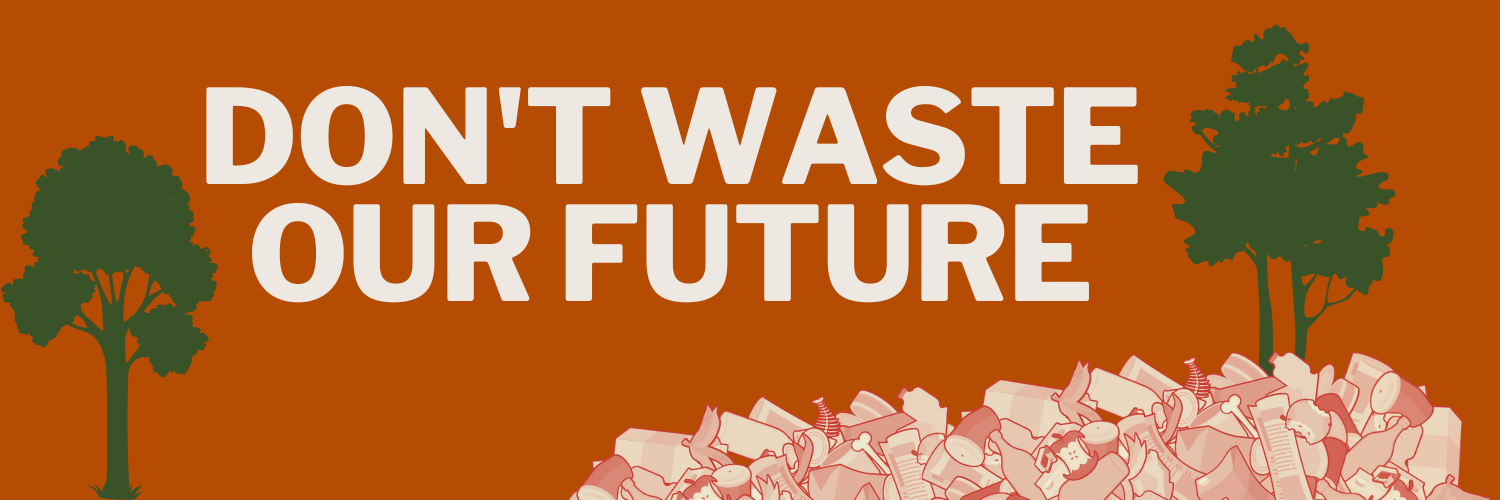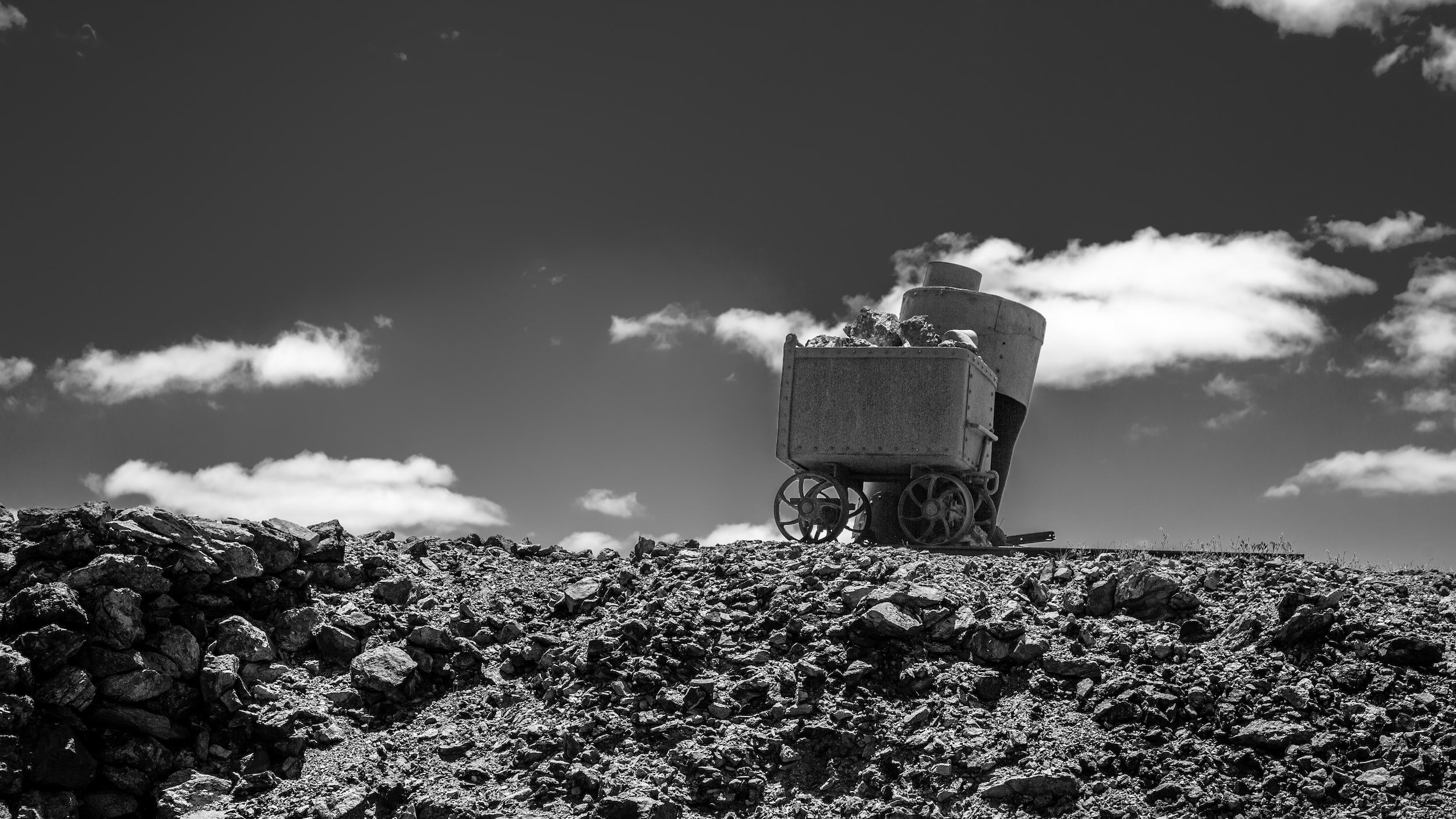MUNICIPAL SOLID WASTE
LANDFILL METHANE EMISSIONS
U.S. Dashboard
click on a state below to explore an interactive dashboard that shows how Municipal Solid Waste Landfills stack up against other methane sources from industry.
What’s the big problem with landfill methane?
Landfill methane is a major contributor to the climate crisis, impacting communities across the country. When organic waste decomposes in a landfill it discharges, among other harmful pollutants, methane gas, a greenhouse gas that has more than 80 times the warming power of carbon dioxide in its first twenty years, causing an immediate and dramatic warming of the climate.
A municipal solid waste (MSW) landfill was the largest source of methane emissions in 38 states in 2022, an increase from 37 in 2021.
Worse, EPA’s top emissions scientist has stated the EPA’s formulas to estimate landfill methane emissions are flawed, and that emissions are double the formula-based estimates. Direct measurements from satellite and aircraft flyovers are detecting large methane plumes from landfills that aren't captured in the formulas that EPA relies on.
Source for emissions estimates:
EPA, Inventory of U.S. Greenhouse Gas Emissions and Sinks 1990 - 2021
Industrious Labs’ analysis based on EPA Greenhouse Gas Reporting Program (GHGRP) 2022 data.
buried consequences of waste
Like the garbage that produces it, landfill pollution is out of sight and out of mind for many— but for the communities that live near landfills and are vulnerable to toxic air and water pollution, our landfill problem is both visible and urgent. These burdens can often fall on communities of color and low-income residents.
It’s past time to prevent and clean up the harmful pollution from landfills.

